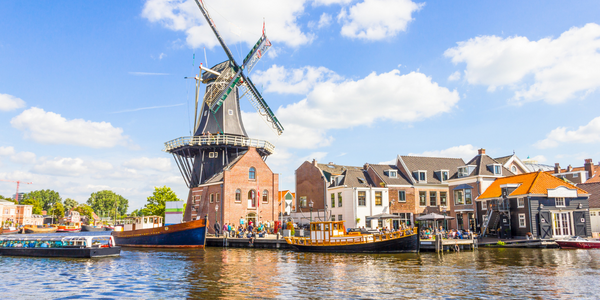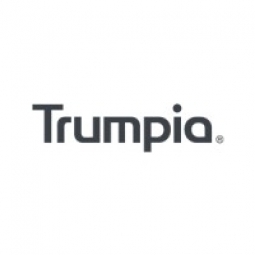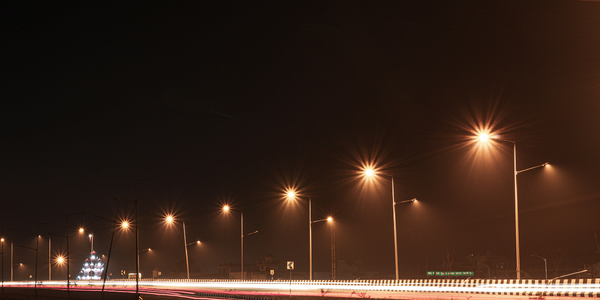Customer Company Size
SME
Region
- America
Country
- United States
Product
- Trumpia’s SMS text solution
Tech Stack
- SMS text solution
Implementation Scale
- Enterprise-wide Deployment
Impact Metrics
- Customer Satisfaction
- Brand Awareness
Technology Category
- Application Infrastructure & Middleware - API Integration & Management
Applicable Industries
- Healthcare & Hospitals
- Cities & Municipalities
Applicable Functions
- Human Resources
Use Cases
- Public Warning & Emergency Response
- Public Transportation Management
Services
- System Integration
About The Customer
The Teen Project is a volunteer centric organization that is dedicated to providing teens aging out of the foster care system with all of the resources and support of an intact family. The Teen project strives to allow the greatest opportunity for a successful transition to adulthood. There are 25,000 teens in the US who abruptly exit the foster care system at age 18 to homelessness. Because of their age and mental state, these kids lack the knowledge that is necessary to rebound from this tragedy. A parent to the parentless, The Teen Project picks up where laws fall short - giving homeless kids a chance at life.
The Challenge
The Teen Project aimed to find a way to enable homeless and at-risk teens to access vital services. After doing some research, they realized that even though they might be homeless, most teens have a cell phone. Competitive analysis further revealed that while there were some texting services out there for homeless youth, none were able to address their needs on a nationwide level.
The Solution
The Teen Project created a sophisticated programming algorithm to automatically identify shelters, foster homes and services for homeless and abused teens across America. Needing a way for teens across the country to access that data, the Teen Project integrated Trumpia’s SMS text solution within its platform. The solution now connects homeless teens with 17,000 shelters across the US. Now when teens text-in the keyword SHELTER along with their zip code to The Teen Project’s Trumpia short code, 99000, they are immediately sent the address of a local shelter within a 30 mile radius. Teens are also able to text SOBER or ABUSED to 99000 if they are in an abusive living situation or battling a drug problem.
Operational Impact
Quantitative Benefit

Case Study missing?
Start adding your own!
Register with your work email and create a new case study profile for your business.
Related Case Studies.

Case Study
Turning A Stadium Into A Smart Building
Honeywell created what it called the “intelligent system” for the National Stadium in Beijing, China, turning the venue for the opening and closing events at the 2008 Summer Olympics into a “smart building.” Designed by highly controversial artist Ai Weiwei, the “Bird’s Nest” remains one of the most impressive feats of stadium architecture in the world. The 250,000 square meter structure housed more than 100,000 athletes and spectators at a time. To accommodate such capacity, China turned to Honeywell’s EBI Integrated Building Management System to create an integrated “intelligent system” for improved building security, safety and energy efficiency.
.png)
Case Study
Smart Street Light Network (Copenhagen)
Key stakeholders are taking a comprehensive approach to rethinking smart city innovation. City leaders have collaborated through partnerships involving government, research institutions and solution providers. The Copenhagen Solutions Lab is one of the leading organizations at the forefront of this movement. By bringing together manufacturers with municipal buyers, the Copenhagen Solutions Lab has catalyzed the development and deployment of next-generation smart city innovations. Copenhagen is leveraging this unique approach to accelerate the implementation of smart city solutions. One of the primary focus areas is LED street lighting.

Case Study
Hospital Inventory Management
The hospital supply chain team is responsible for ensuring that the right medical supplies are readily available to clinicians when and where needed, and to do so in the most efficient manner possible. However, many of the systems and processes in use at the cancer center for supply chain management were not best suited to support these goals. Barcoding technology, a commonly used method for inventory management of medical supplies, is labor intensive, time consuming, does not provide real-time visibility into inventory levels and can be prone to error. Consequently, the lack of accurate and real-time visibility into inventory levels across multiple supply rooms in multiple hospital facilities creates additional inefficiency in the system causing over-ordering, hoarding, and wasted supplies. Other sources of waste and cost were also identified as candidates for improvement. Existing systems and processes did not provide adequate security for high-cost inventory within the hospital, which was another driver of cost. A lack of visibility into expiration dates for supplies resulted in supplies being wasted due to past expiry dates. Storage of supplies was also a key consideration given the location of the cancer center’s facilities in a dense urban setting, where space is always at a premium. In order to address the challenges outlined above, the hospital sought a solution that would provide real-time inventory information with high levels of accuracy, reduce the level of manual effort required and enable data driven decision making to ensure that the right supplies were readily available to clinicians in the right location at the right time.

Case Study
Buoy Status Monitoring with LoRa
The Netherlands are well-known for their inland waterways, canals, sluices and of course port activities. The Dutch Ministry of Infrastructure indicates that there are thousands of buoys and fixed items in and near water environments that would profit from IoT monitoring. One of the problems with buoys for example, is that they get hit by ships and the anchor cable breaks. Without connectivity, it takes quite some time to find out that something has happened with that buoy. Not to mention the costs of renting a boat to go to the buoy to fix it. Another important issue, is that there is no real-time monitoring of the buoys at this moment. Only by physically visiting the object on the water, one gains insight in its status.

Case Study
Barcelona Case Study
Barcelona’s heavy traffic and its associated high levels of pollution were the primary factors that motivated some companies and universities to work on strategies for improving traffic in the city centre. Bitcarrier is one of the technologies involved in the In4Mo Project, whose main objective is to develop the applications that form the core of smart mobility, one of the fundamental pillars of the smart city concept.








